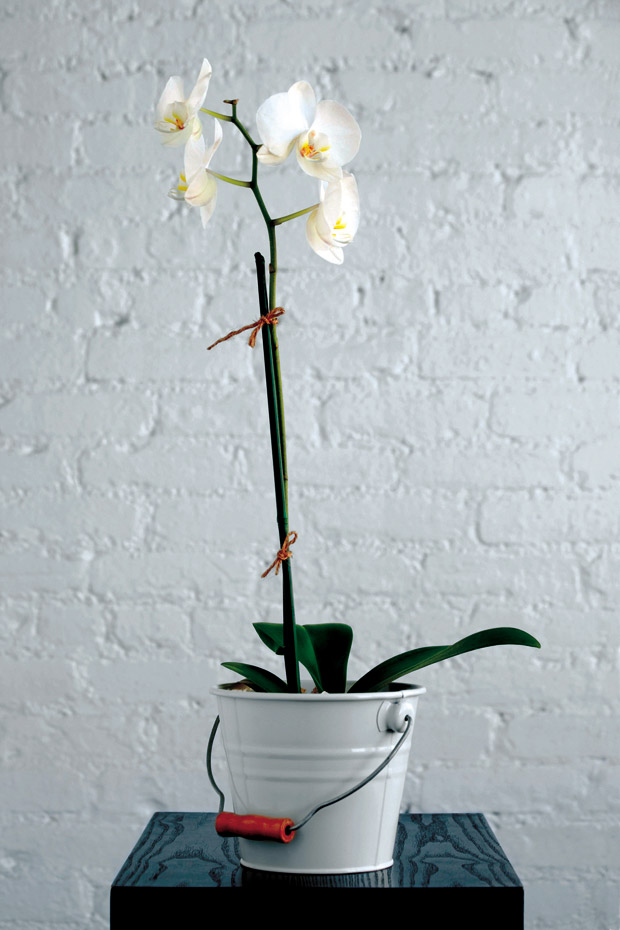Many people turn to nasal sprays and antihistamines to combat seasonal nasal allergies or hay fever, but keeping the home clean to combat allergens, pollen and dust mite debris is just as important in the fight against allergies.
Vacuum often, and with the right filters and bags
One key to minimizing allergens at home is to vacuum at least twice per week. Start by using attachments to clean surfaces up high, working down to the floor. Make sure to vacuum curtains and upholstery as well as hard surfaces, and pay extra attention to entryways and areas around windows.
It’s also important to select vacuum accessories that have been designed specifically to capture allergens. Arm & Hammer
Premium Allergen vacuum bags are specially designed of synthetic material to capture even more allergens, dust and pet hair from the home’s surfaces. In addition, the brand’s HEPA (high efficiency particulate air) filters trap particles 75 times smaller than a human hair, including 99.97 percent of dust mites, animal dander, molds and pollen.
Frequently replacing vacuum bags and filters will keep vacuums running smoothly to keep a clean home happening. New bags are needed every one to two months, and filters should be replaced every three to six months. Don’t be fooled by washable filters as they too should be replaced — after one or two washes they may become less effective at capturing dust and allergens.
Wash bedding with hot water
Vacuuming high and low can help with surfaces, but bedding also should be a focus when attempting to allergen-proof the home. Sheets, blankets and comforters all attract dust mites in even the cleanest environments. Wash bedding once a week in hot water to keep allergens at bay. It’s also smart to consider protective covers for mattresses and pillows to stop dust mites.
Keep air dry
Too much moisture in the air can help dust mites thrive, and may also lead to mold. Using a dehumidifier, especially in humid climates or summer months, can help control the spread of mold and dust mites.
Minimize indoor plants
While plants can be a great way to build ambiance in the home, some indoor plants can amplify allergy symptoms by releasing spores and other allergens into the air. For those with a green thumb who can’t live without plants at home, make sure to research the plants that are least likely to increase pollen or mold exposure indoors.
Keep the outdoors out
While it is hard to control exposure to pollen and other triggers when outside, those with allergies can avoid bringing pollen into the house with them. Keep shoes and jackets limited to the entryway or mudroom, and shower and wash hair before bedtime to stop the spread of pollen.
This article is courtesy of Brandpoint.

